The city, a constantly evolving space, has become the canvas for African artists, who are using their talents to express their unique perspectives on the urban landscape. By incorporating various cultural, social, and political aspects, these artists are able to create an immersive experience that captures the essence of contemporary African life. This journal will explore how African artists have embraced urbanism, transforming cities into dynamic canvases that reflect the diverse experiences of African people.
The Emergence of African Urban Art
The history of African urban art can be traced back to the post-colonial period, when African nations gained independence from European colonial powers. During this time, African artists began to experiment with new artistic styles and techniques, drawing inspiration from Western art movements such as modernism and abstract expressionism.
The rapid growth of urban centers across the African continent has led to the rise of street art culture. Artists have found the cityscape to be an ideal platform for showcasing their work, allowing them to reach a broader audience and make a lasting impact on the urban environment. Some of the key pioneers of African urban art include Ghanaian artist Mohammed Awudu, who is known for his vibrant murals that depict African history and culture, and South African street artist Faith47, whose large-scale murals often explore themes of nature, spirituality, and the human condition.
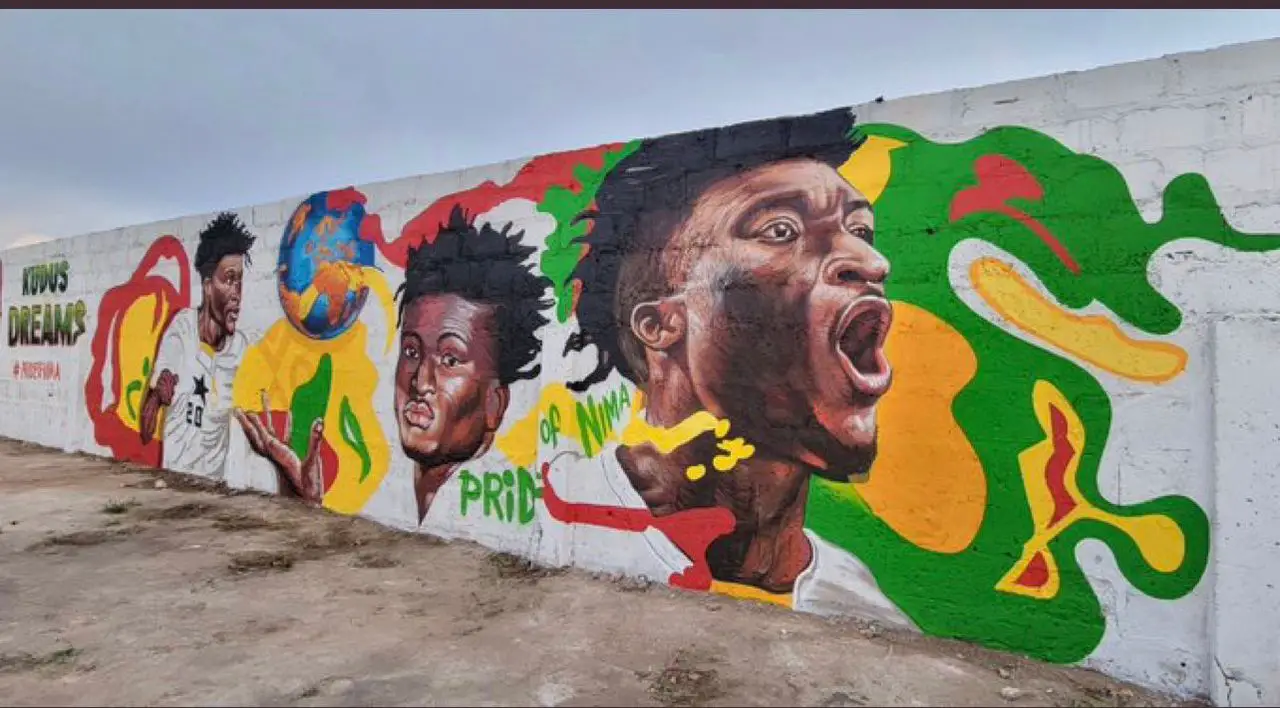
The Role of Urban Art in Social and Political Commentary
One of the most significant aspects of African urban art is its ability to address social and political issues. Through murals, graffiti, and other forms of street art, African artists have been able to engage with pressing matters such as poverty, inequality, and corruption.
A powerful example of this can be seen in the work of Nigerian artist Osa Seven, who uses his art to raise awareness about environmental issues and the need for sustainable living. His mural project “Eko Tag” in Lagos, Nigeria, not only beautifies the city but also highlights the importance of preserving the environment for future generations.
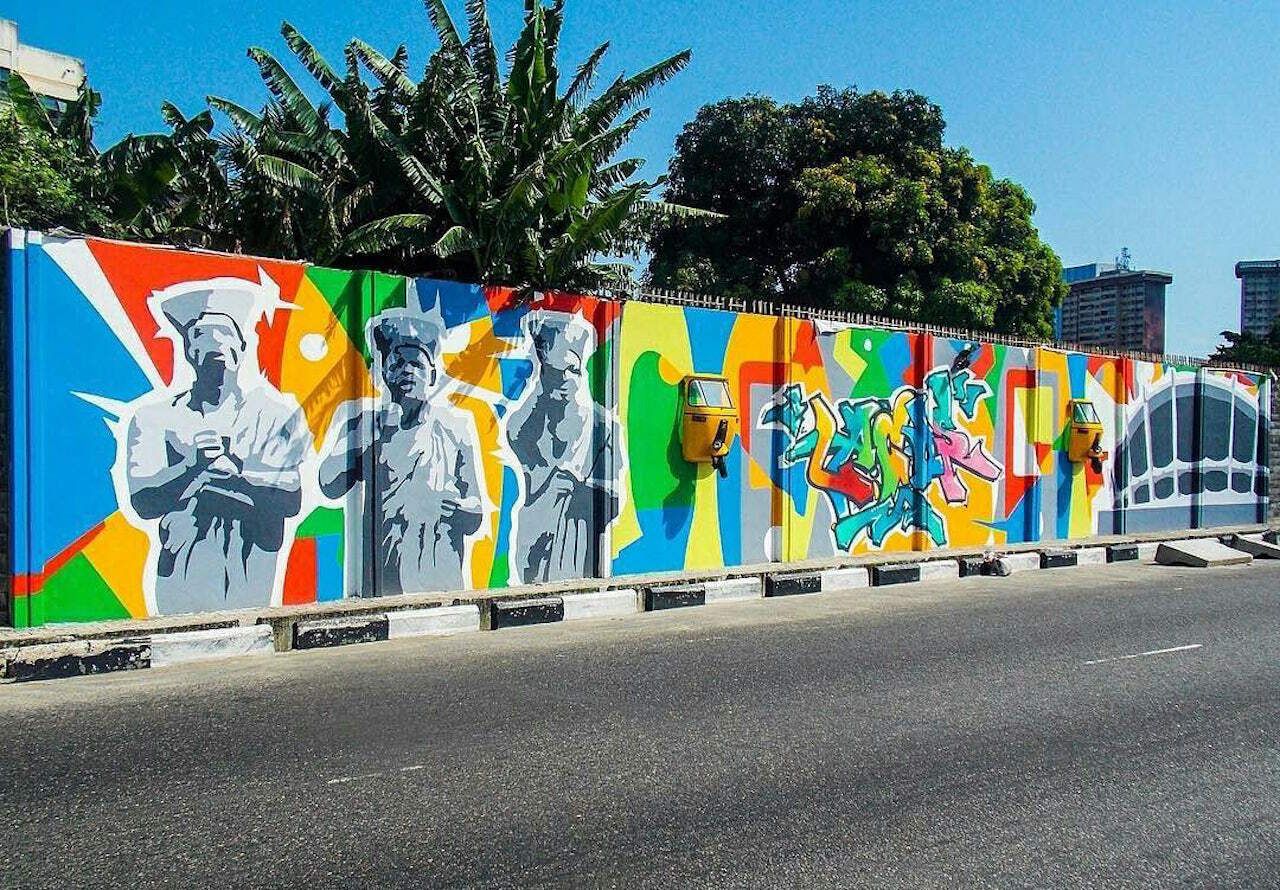
In addition to addressing social issues, urban art has also played a crucial role in shaping political discourse and activism. This can be seen in the works of Tunisian street artist eL Seed, who gained international recognition for his large-scale calligraphic murals that promote peace, unity, and understanding in the wake of the Tunisian revolution. His 2012 project “Lost Walls” involved painting murals on abandoned buildings in Tunisia’s neglected interior regions, using the art to give a voice to marginalized communities and foster dialogue about the country’s future.
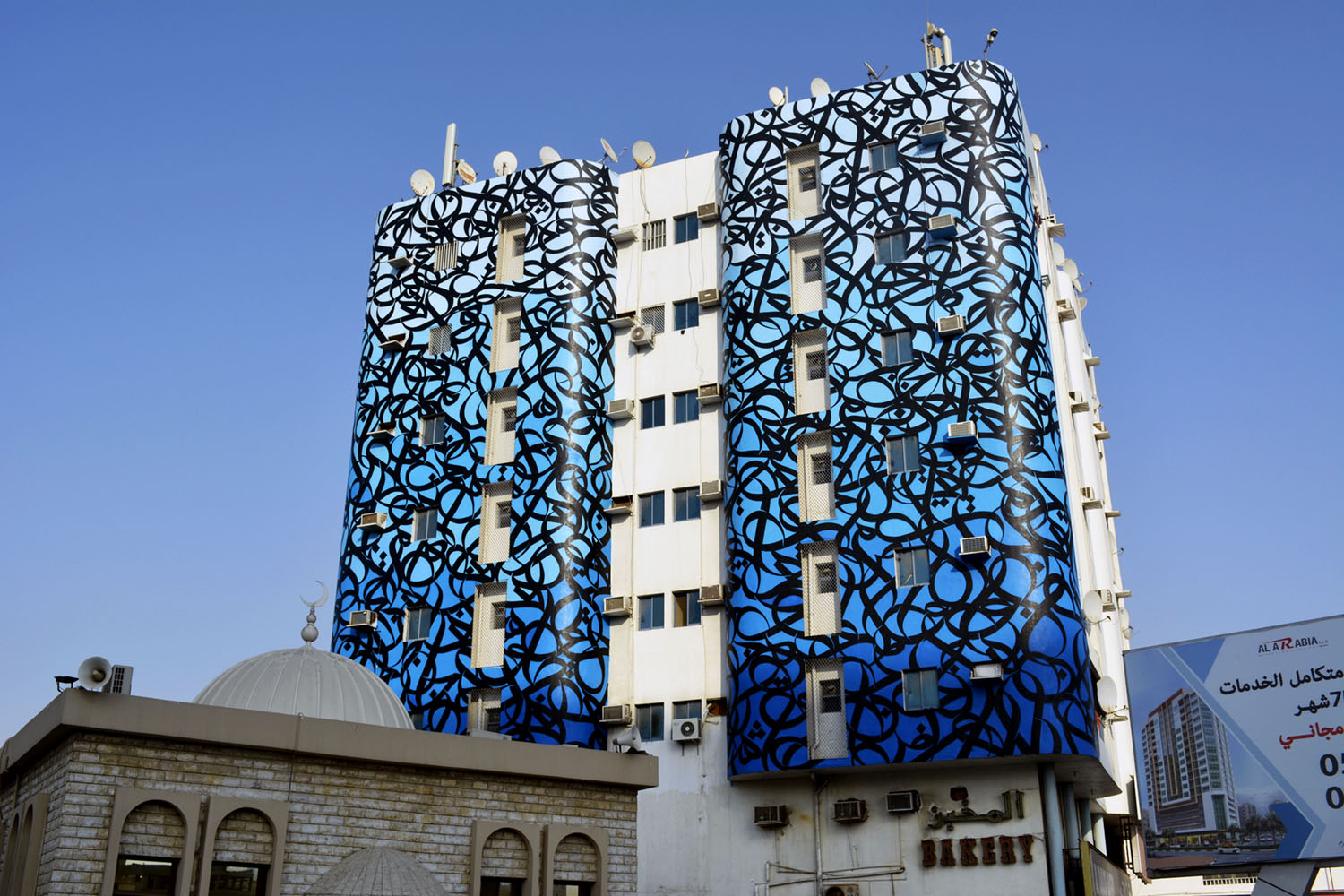
The Impact of Urban Art on African Culture and Identity
Urban art has been instrumental in celebrating African heritage and promoting a sense of cultural pride. By incorporating traditional African artistic styles and motifs, urban artists are able to create a visual representation of their cultural identity, fostering a sense of unity and belonging among the African people.
One striking example of this can be seen in the work of Senegalese artist and fashion designer Selly Raby Kane, who uses street art to celebrate the rich cultural heritage of her country. In her mural project “Les Fresques de Dakar,” she collaborated with local artists to paint vibrant murals that depict traditional Senegalese patterns and designs, transforming the cityscape and instilling a sense of pride among the local community.
The fusion of traditional and contemporary styles is another defining characteristic of African urban art. Kenyan artist Swift9, for instance, combines elements of traditional African art with modern graffiti techniques to create striking murals that celebrate Kenyan culture and heritage. His work has been instrumental in bridging the gap between traditional and contemporary art, fostering a sense of unity among the Kenyan people.
Challenges and Opportunities for African Urban Artists
Despite the significant impact of African urban art, artists often face challenges related to artistic expression, public opinion, and legal constraints. Many African countries have strict laws regarding graffiti and street art, and artists may be subject to fines or imprisonment for their work. Additionally, public opinion on urban art can be divided, with some viewing it as vandalism or a form of visual pollution.
However, the rise of technology and social media has provided new opportunities for African urban artists. Platforms such as Instagram and Facebook have allowed artists to showcase their work, connect with like-minded individuals, and build a global audience. Furthermore, collaborations between African urban artists and international art initiatives have the potential to elevate the status of African urban art and increase its visibility on the world stage.
An example of such a collaboration is the 2016 project “Wide Open Walls,” which saw international artists join forces with local Gambian artists to create murals in the rural village of Kubuneh. The project aimed to promote cultural exchange, tourism, and the development of the local art scene, highlighting the transformative power of urban art and its potential for fostering global connections.
To summarise, the importance of urban art in the African context cannot be overstated. As a means of expression, social and political commentary, and cultural celebration, it serves as a powerful tool for artists to engage with their communities and address pressing issues. African urban art has the potential to serve as a driving force for change, unifying African societies and encouraging dialogue and understanding.
The need for continued support, recognition, and celebration of African urban artists and their contributions to the global art scene is paramount. By fostering an environment that encourages artistic expression and collaboration, we can ensure that African urban art continues to flourish, leaving an indelible mark on the cities and communities it touches.

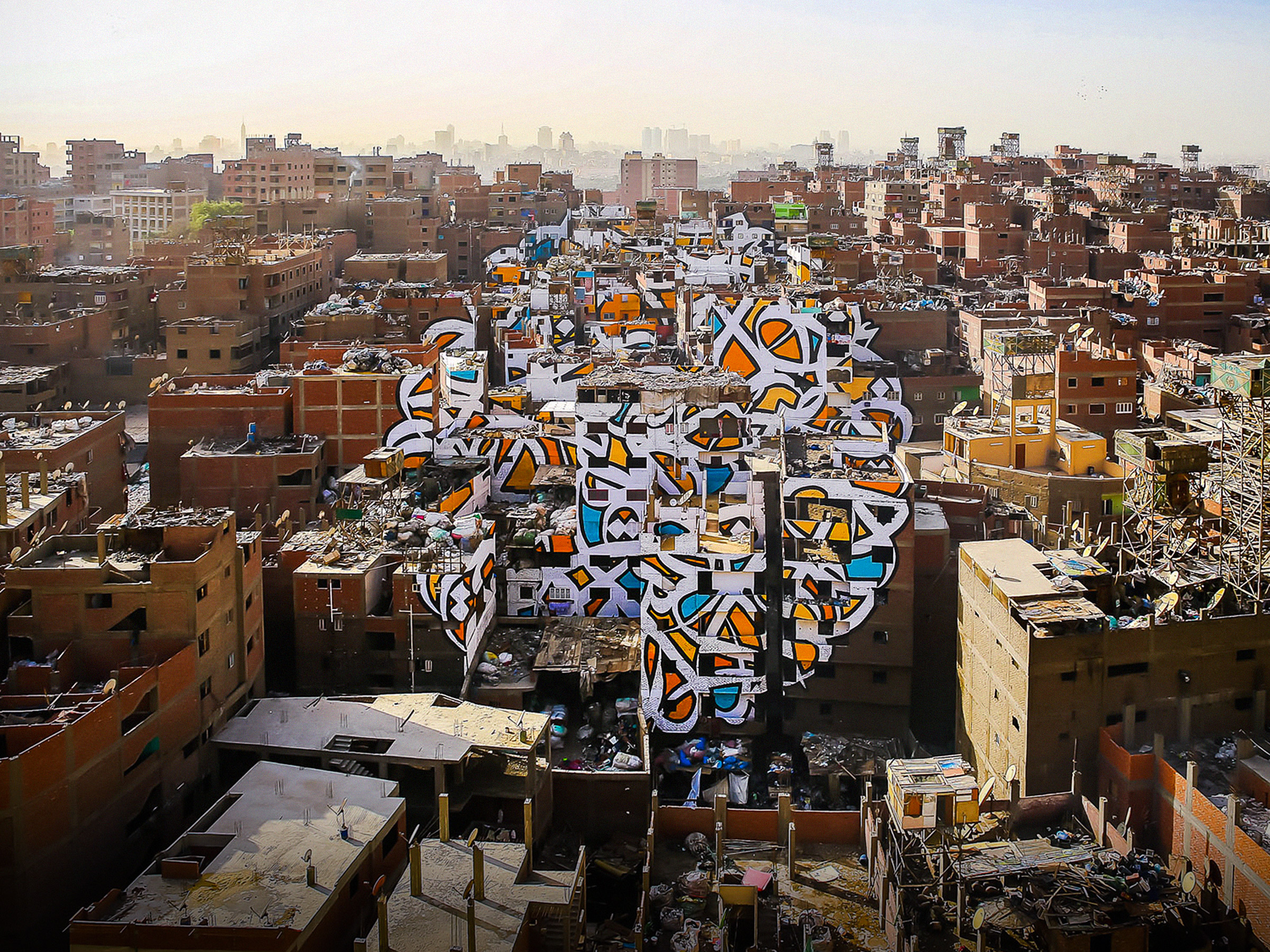
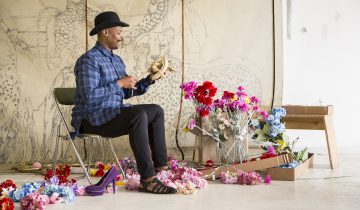
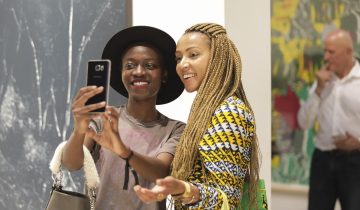

 No products in the basket.
No products in the basket.